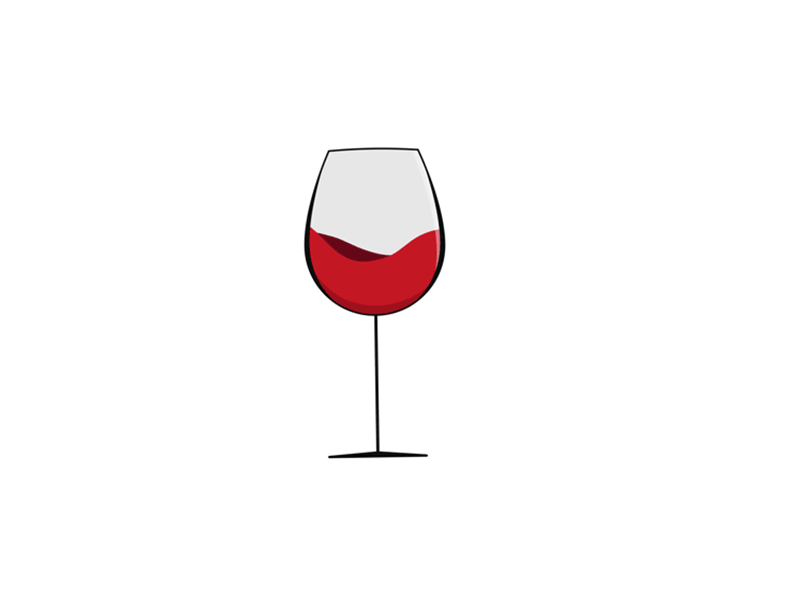Ltu Wines, Tundra, 2018
AS
98
ARS 50.500

-
Tasting Notes
-
Description
-
Technical Sheet
It presents an attractive intense red color with violet reflections, demonstrating its youth and vitality.
The nose is vibrant and expressive, with a predominance of fresh cherry and typical red fruits of Merlot, integrated with herbal nuances of Cabernet Franc. Ripe plum notes, vanilla, and a hint of spice that bring complexity are also perceived.
In the mouth, it is a full-bodied and intense wine. The tannins are juicy and sweet, giving a silky texture. Black fruits like blackcurrant intermingle with notes of tobacco, red pepper, and a delicate hint of creaminess, all wrapped in a freshness that balances its richness. The finish is long and persistent, with a remarkable aging potential.
Suggested Pairing
Perfect to accompany grilled meats, lamb cuts, or ribs cooked over charcoal. It also pairs well with game dishes such as venison or wild boar, as well as hard and aged cheeses. This wine is best enjoyed slowly, allowing its complexity to be fully appreciated.
Perfect to accompany grilled meats, lamb cuts, or ribs cooked over charcoal. It also pairs well with game dishes such as venison or wild boar, as well as hard and aged cheeses. This wine is best enjoyed slowly, allowing its complexity to be fully appreciated.
LTU Tundra 2018 es un blend elegante y complejo que refleja el carácter distintivo del Valle de Uco, Mendoza. Elaborado con un 63% de Malbec, 28% de Cabernet Franc y 9% de Merlot, este vino ofrece un equilibrio perfecto entre potencia y sutileza, resultando en una experiencia enológica sofisticada.
Crianza:
Crianza:
Este blend ha sido cuidadosamente envejecido durante 24 meses en barricas nuevas de roble francés, seguido de 12 meses de estiba en botella, lo que le confiere estructura y una integración perfecta de la madera.
Potencial de guarda:
Potencial de guarda:
Aunque es disfrutado plenamente en su juventud, este vino continuará evolucionando y redondeando sus taninos en los próximos años, revelando matices terciarios con el tiempo.
Ltu Wines
- Products
- 1
- Location
- Valle de Uco, Mendoza
LTU Wines nace de la pasión de seis amigos, argentinos y chilenos, quienes continúan el legado de sus ancestros inmigrantes provenientes de regiones vinícolas tradicionales como Burdeos, Toulouse, Piamonte y España. Sus familias llegaron a Sudamérica en el siglo XIX, asentándose en Chile y Argentina, impulsadas por el anhelo de prosperidad y la devoción por el arte de hacer vino.

